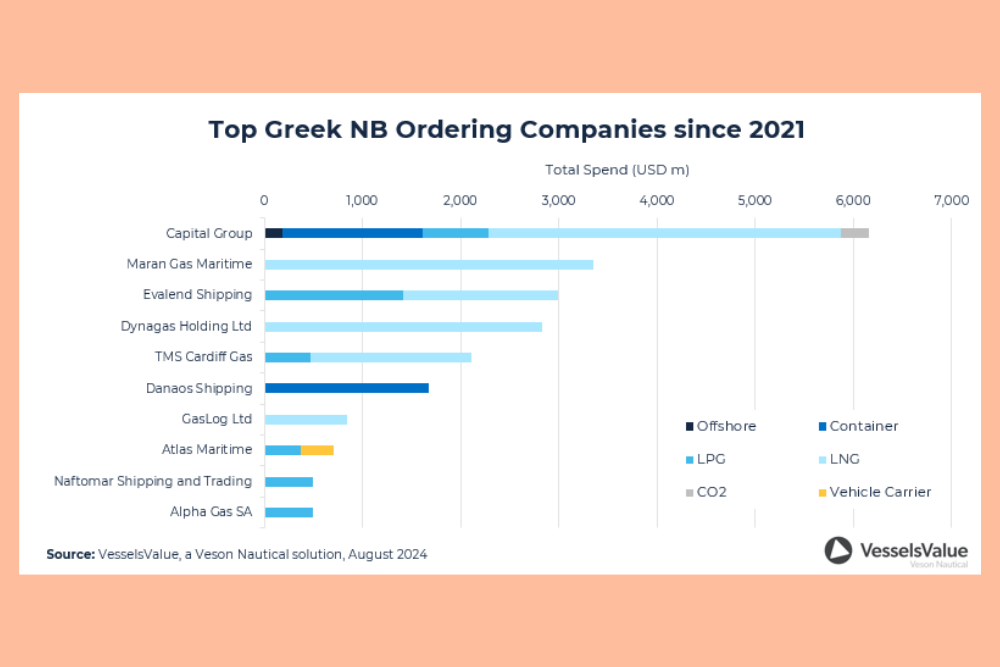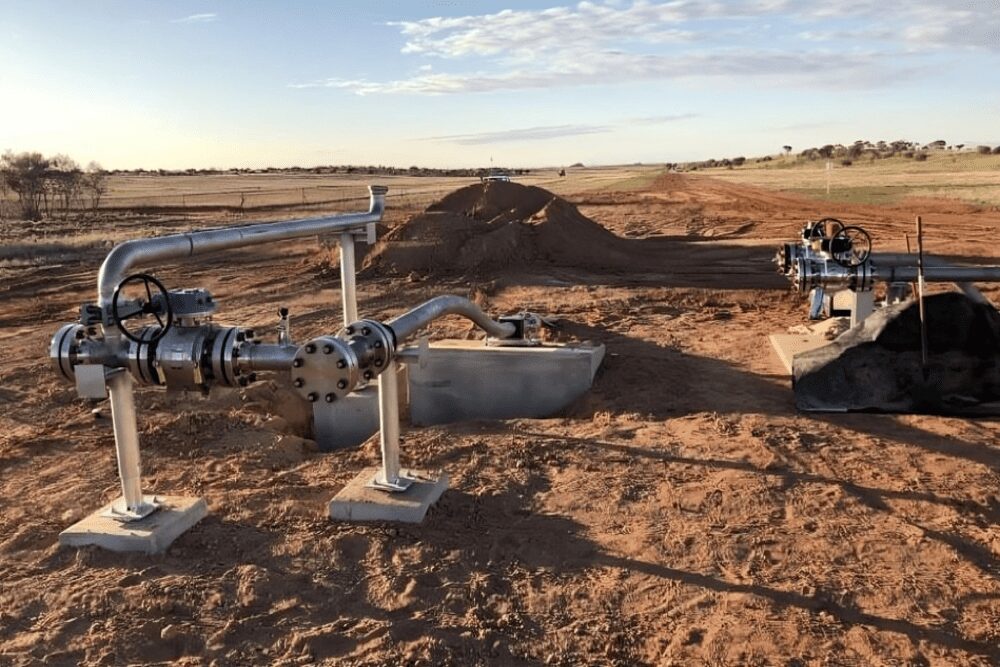
Pipelines act as the artery of Australia’s petroleum products, transferring oil and gas from production sites to domestic and international customers. Australia has successively invested in the construction of long distance oil and gas pipelines. The Moonie to Brisbane pipeline, for example, was the first Australian pipeline built for oil transportation. It was completed in 1964 and was 306 kilometres long. The 440km Roma to Brisbane pipeline, on the other hand, came into operation in March 1969 and is Australia’s oldest natural gas pipeline. Today, Australia has more than 39,000 kilometres of natural gas transmission pipelines.
With the growth of Australia’s pipeline network also comes the challenge to ensure that they operate under safe conditions, which is why pipeline inspections and maintenance procedures are integral. In-line pipeline inspection is one of the most effective methods to reduce or eliminate the risks or hazards of oil and gas pipelines. This type of inspection technique has been developed over many decades and includes magnetic leakage, ultrasonic and electromagnetic ultrasonic and auxiliary equipment.
However, due to the low-speed performance of in-line pipeline inspection equipment, operators have to decompress the pipeline network and reduce the transportation volume, in order to meet the requirements of the equipment. A typical magnetic leakage in-line detector can only operate at a flow rate below 5 m/s, while ultrasonic or electromagnetic ultrasonic in-line detectors may require a flow rate as low as 2 m/s.
In comparison, under normal working conditions, the medium speed of long-distance oil and gas pipeline can exceed 7 m/s, while the transient maximum speed can be as high as 12-13 m/s. In the absence of high-speed and high-performance in-line pipeline inspection equipment, oil and gas operators have had to endure economic losses due to the oil and gas transport reduction during inspection periods.
Therefore, the sector has been in demand of in-line pipeline inspection technologies and equipment that can operate at greater speed. In 2016, a research and development project at the Tsinghua University in China was established to find a metal defect inspection solution of oil and gas pipelines that could operate at an 8 m/s flow rate, using electromagnetic signals. Prior to this, there were no in-line pipeline inspection technologies and equipment in the world that could operate above 5 m/s. A series of in-line pipeline inspection equipment were developed independently, including a pipeline deformation detector, magnetic leakage/dynamic magnetic field in-line detector and extremely low frequency transmitter and receiver used for tracking and positioning the in-line pipeline detector.
As a result of the project, a new electromagnetic array inspection technology was developed which achieved a pipeline defect inspection at an 8 m/s speed. It became the first and fastest in-line pipeline inspection technology in the world. During high-speed in-line pipeline inspection, the external tracking and positioning of the detector is of high importance. In order to realise the external tracking and positioning of the inline pipeline detector under high-speed conditions, a chaos based transient weak extremely low frequency signal detection method was also developed during the project, allowing the detectable signal-to-noise ratio to be below 10 dB. The performance of the new equipment has already been verified in the inspection engineering of in-service oil and gas pipelines and has shown it can provide strong technological and equipment support for the safe operation of oil and gas pipelines.
ADVANCING INSPECTION TECHNOLOGIES
Along with the need for high-speed inspection technologies, the sector is also increasingly observing the development of robotic technology to perform other inspection tasks. Robots are already used to inspect, monitor and survey oil and gas pipelines, platforms, rigs, storage tanks and other oil and gas structures and include drones, unmanned underwater vehicles (remotely operated underwater vehicles and autonomous underwater vehicles), unmanned ground vehicles, and smart PIGs. In the oil and gas sector drones were initially used mainly for remote monitoring and surveillance of assets during regular operations including infrastructure, equipment, tankers and trucks, and other assets. Drones can provide a 360-degree view for monitoring field operations and can also observe the progress of facilities that are under construction, and provide encroachment detection. Remote monitoring using drones is also enabling oil and gas companies to inspect unmanned production platforms.
Drones are also becoming integral in other aspects of the industry due to their increasing usability across the value chain. According to GlobalData’s Drones in Oil & Gas – Thematic Research report, recent advancements in sensing and imaging technologies are enabling drones to be deployed in a wide range of settings to carry out predictive maintenance of criticalinfrastructure. Drones can be customised to include ultrasonic sensors and visual inspection technologies, such as cameras and thermalimagers. These are used for carrying out a close-range non-destructive inspection of oil and gas assets to detect defects.
This is proving to be very efficient in the evaluation of pipelines, exterior surfaces, and sub-surfaces of storage tanks, and marine vessels. Merging drone data with advanced data analytics also allows companies to predict the current health of the equipment and project potential malfunctions.
Drone manufacturers are also collaborating with oil and gas companies to develop custom drone platforms that can be equipped with different types of data collection technologies for obtaining real-time insights. The industry’s steady transition towards digital transformation using sensors, cloud computing and the Internet of Things (IoT) is providing an added impetus to drone usage. This is bolstered further by falling hardware costs and easing government regulations.
Ravindra Puranik, Oil & Gas Analyst at GlobalData, said drone technologies are easy to deploy, giving them an edge as they are configured for operating in compact geometries and hovering at fixed spots to collect data. “Their design allows them to survey a variety of installations, including oil and gas platforms, processing plants, pipelines and refining units. Naturally, drones are becoming essential for oil and gas operations.”
WHAT TYPE OF INSPECTIONS CAN DRONES DO?
Gas pipelines Drones can be deployed to inspect gas pipeline right-of-ways andassess areas for problematic conditions such as encroachment, ground disturbance, soil erosion, vegetation overgrowth and discoloration, exposed pipe, and missing pipeline markers.
Flare stacks
Due to the size of the flare stacks and their central role in the oil industry, they must undergo strict and thorough inspections. Direct human intervention for inspection purposes creates a risk of injury, but drones can improve workplace safety and also speed up the process of inspection. Rapid detection of possible defects and a functional flare provides protection to the surrounding area from uncontrolled gas migration.
Post-event and emergency response Drones can be deployed after storms or emergencies to conduct aerial leak surveys and gain up-to-date aerial imaging, thus enabling operators to allocate their resources more effectively after weather events or during emergency situations.
Wellhead
Wellhead inspection costs can be reduced by deploying drones to difficult-to-access or remote areas. Inspecting wellheads using drones, combined with visual and sensor data, help to identify possible gas leaks.
LNG tanks
Drones equipped with high-resolution thermal and infrared cameras offer a safer and more cost-effective way to inspectstorage tanks. Drone flyovers allow operators to significantly reduce labour costs and more effectively identify sources of thermal loss in storage tanks.
Leak detection
By mounting gas sensors to drones, operators can identify leaks and quickly assess their severity so that proper actions can be taken to remedy the problem.
Sources: Inspection Robots in Oil and Gas Industry: a Review of Current Solutions and Future Trends, Leijian Yu et al.; Development and application of new technologies and equipment for in-line pipeline inspection, Hu Tiehua and Guo Jingbo






